Sandbox PC games hand you a box of toys and say, “Go make something cool.” No fixed path, no strict mission order, just tools, systems, and the freedom to cause a little chaos. This evergreen hub explains what sandbox games are, how they differ from open worlds, which subtypes exist, and which titles are worth your time. Along the way, we’ll dip into deeper dives on Minecraft’s latest update, Roblox drama, and even how Borderlands and Donkey Kong flirt with sandbox freedom.
What Is a Sandbox Game? Definition, Traits, and Why It Hooks Players
A sandbox game is built around player agency. Instead of forcing a single solution, it gives you systems and lets you pursue your own goals. Typical traits include crafting menus, physics toys, mod support, and emergent outcomes. If you’ve ever built sky islands in Minecraft or spawned chaos in Garry’s Mod, you’ve lived the sandbox loop.
What separates sandboxes from other genres is the emphasis on possibility over prescription. The developers set the rules of the world, but it’s up to you to decide what to do with them. That could mean carefully sculpting a mansion block by block, testing the limits of a physics engine, or running social experiments on a multiplayer server. Unlike linear campaigns, the replay value doesn’t come from finishing the story, it comes from what you dream up next.
This freedom often leads to emergent storytelling, where memorable moments aren’t scripted cutscenes but the improvised chaos of players colliding with systems. That’s why people talk about their wildest Minecraft builds or their disastrous RimWorld colonies like they’re personal legends. In short: a good sandbox doesn’t just give you a world to play in, it gives you the tools to make it your own.
Sandbox vs Open World: The Real Difference

An open world is a big map you can explore. A sandbox emphasizes systems and tools that let you invent your own solutions. The difference is clear when you compare story-driven open worlds with player-driven playgrounds like Minecraft or No Man’s Sky.
Think of open worlds as offering freedom of movement, while sandboxes offer freedom of choice. In an open world like Assassin’s Creed or The Witcher, you can roam a huge map, but you’re usually following a mission chain or narrative arc. In a sandbox, the fun is less about following directions and more about bending the rules until something unexpected happens.
That’s why a massive map doesn’t automatically make a game a sandbox. If the player has little agency outside of “go here, do this,” it’s open world, not sandbox. By contrast, smaller-scale games like RimWorld or Garry’s Mod often deliver deeper sandbox experiences despite not having sprawling worlds, because their systems are flexible enough to let you write your own story.
The lines do blur, plenty of open worlds borrow sandbox elements, and many sandboxes adopt open environments, but when players talk about “sandbox freedom,” they mean the power to create, experiment, or break things in ways the developer never hard-scripted. That’s the magic difference.
Do you also want me to expand the “Mechanics That Make Sandboxes Tick” section so it carries the same weight as these two foundation blocks?
Best Sandbox PC Games Categories That Actually Matter
Use these buckets to figure out which flavor fits your mood.
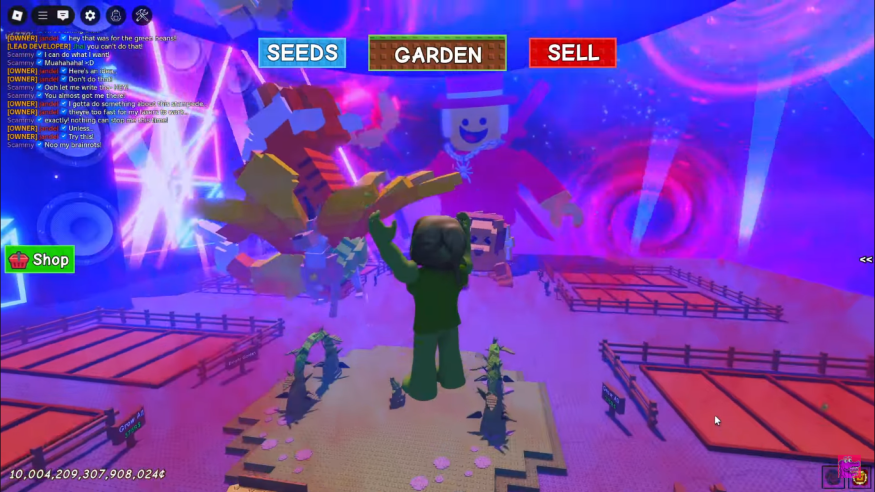
Creative Sandbox Games
If you want to build, sculpt, or garden, start here. Minecraft remains the gold standard, evolving with updates like the Chase the Skies patch. For a softer take, Roblox offers cozy creation loops, we’ve even covered how to plant and thrive in Grow a Garden.
Survival and Exploration Sandboxes
Some players want pressure and discovery. In No Man’s Sky, entire galaxies unfold procedurally while you scrape by and expand your base. Colony sims like RimWorld spin stories out of survival, each run a mix of luck and grit.
Physics and Destruction Sandboxes
Sometimes you don’t want to build; you want to break. Teardown, for example, hands you a sledgehammer and dares you to re-engineer the map through brute force. The thrill is in experimenting with cause-and-effect, something you can browse more of through Steam’s sandbox category.
Multiplayer and Community-Driven Sandboxes
These thrive on people. Roblox, for instance, is a double-edged sword: you get incredible creativity but also messy community politics. Our piece on the Roblox admin abuse war shows how quickly power dynamics can turn a game session into all-out chaos. Meanwhile, Minecraft servers keep proving that rulesets and modpacks can transform the experience entirely.
Hybrids and Crossovers
Not every sandbox sits neatly in a box. Borderlands 4, for example, remains a looter-shooter but sprinkles in sandbox-style freedom and tone. And even classic platformers get experimental, the Donkey Kong multiverse reboot leans on playful systems that echo sandbox DNA.
How to Choose Your Ideal Sandbox Game
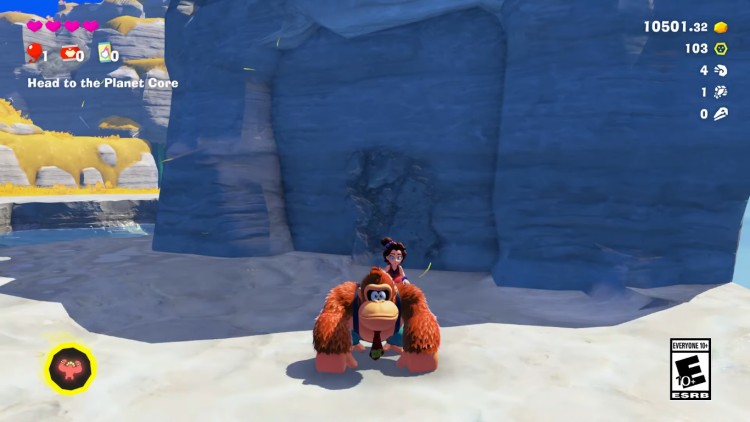
Picking a sandbox game isn’t about what’s “best on paper” it’s about what fits your style, patience level, and even your hardware. Use these filters to narrow it down:
- Creative expression: If you love designing, sculpting, or tinkering, start with builders like Minecraft or experiment with Roblox’s creation kits. They’re low-barrier and endlessly expandable.
- Exploration and discovery: Do you enjoy the thrill of finding what’s beyond the horizon? Games like No Man’s Sky or colony sims scratch that itch by rewarding curiosity with new systems and surprises.
- Survival pressure: If you want challenge, look for sandboxes with resource scarcity and permadeath elements. These raise the stakes and make every decision count.
- Physics-driven play: Love to experiment and watch domino effects unfold? Physics-heavy sandboxes like Teardown are built for creative chaos and endless “what if” scenarios.
- Social and community focus: Multiplayer sandboxes like Roblox and Minecraft servers shine if you thrive in shared spaces. Just remember that server culture, rules, and moderation tools matter as much as the game itself.
- Longevity and mods: Want a game that will last years? Prioritize titles with robust modding APIs and active communities. A good mod scene can turn a five-hour curiosity into a 500-hour obsession.
- Hardware and performance: Some sandboxes scale badly with massive builds. If your PC isn’t top-tier, stick to lighter voxel or 2D sandboxes before jumping into heavy shader packs or huge multiplayer servers.
Think of it as choosing a playground: some are quiet gardens, some are survival bootcamps, and others are chaotic arenas. Knowing what kind of fun you want is the fastest way to land on a sandbox you’ll actually stick with.
Mechanics That Make Sandboxes Tick
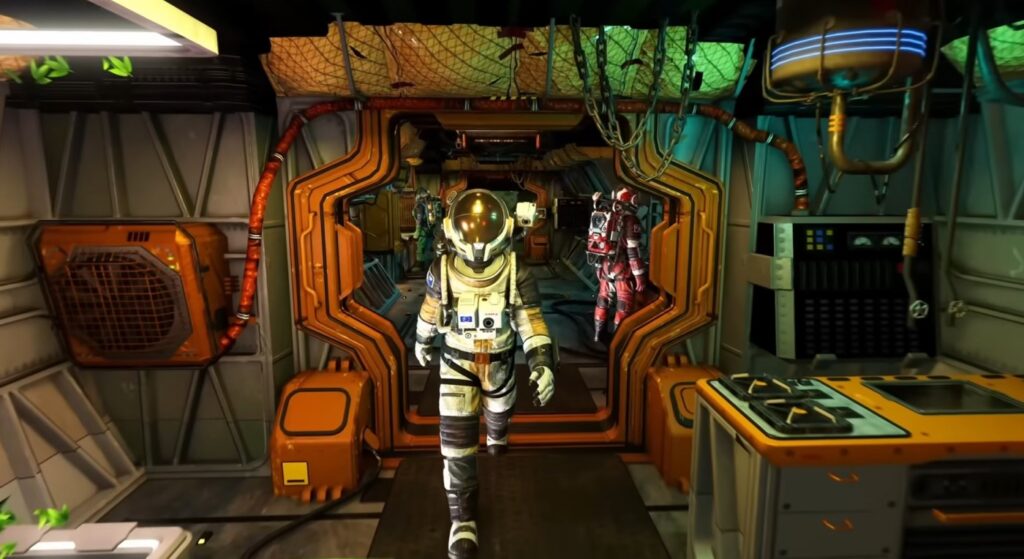
The heart of every sandbox is the toolkit it gives the player. These are the systems that separate a forgettable experience from one you can lose hundreds of hours in.
- Crafting and progression: Whether it’s turning wood into castles in Minecraft or wiring factories together in Satisfactory, a strong crafting loop keeps you experimenting and moving forward.
- Physics and simulation: Great sandboxes feel alive because the world reacts. Gravity in No Man’s Sky, destruction in Teardown, or water flow in Terraria, they all make your actions matter.
- Economy and balance: A sandbox needs systems you can poke and prod. Players often enjoy “breaking” an economy or finding weird exploits, and the best games let you have fun with that instead of shutting it down.
- AI behavior: Colonists in RimWorld or villagers in Minecraft create unpredictable drama. Their interactions generate stories you couldn’t script if you tried.
- Editor and mod APIs: Mod support is the oxygen of long-lived sandboxes. That’s why games on Steam’s sandbox category with strong modding scenes survive for decades.
- Multiplayer tools: Servers, permissions, and moderation matter. A brilliant sandbox can collapse without solid community tools, as seen in chaotic moments like the Roblox admin abuse war.
When a game nails most of these systems, it doesn’t just hand you a playground, it hands you an ecosystem. That’s what keeps players coming back year after year, discovering new ways to twist the rules and surprise themselves.
FAQ: You Ask, We Sandbox

What qualifies as a sandbox game?
Any game that gives you tools and systems to approach problems in multiple ways. The key difference is that you set the goals. Whether it’s building, experimenting, or just messing with physics, the best stories come from your decisions, not a quest log.
Are sandbox games always open world?
No. Open worlds focus on map size, while sandboxes focus on flexibility. A game like RimWorld can be a pure sandbox without offering a massive 3D environment, because its systems let you create new stories every time you play.
Which sandbox game is best for beginners?
Minecraft is still the best first stop — approachable, moddable, and endlessly creative. Roblox is another great entry point, especially with user-friendly modes like Grow a Garden that let you experiment without high stakes.
Do sandbox games need mods?
Not necessarily, but mods dramatically extend a game’s lifespan. In Minecraft, for example, mods add everything from new biomes to advanced machines. Just stick to official repositories or trusted community hubs to avoid malware.
Can sandbox games be multiplayer?
Absolutely. Many of the best thrive online, from giant Minecraft servers to chaotic Roblox communities. Multiplayer sandboxes give you new stories, but they also need moderation. Our breakdown of the Roblox admin war shows both the highs and lows of shared freedom.
Do sandbox games have stories?
Some do, but they’re rarely the main attraction. In most sandboxes, the “story” comes from emergent events, like your colony collapsing in RimWorld or a No Man’s Sky expedition gone wrong. A scripted plot is optional; the chaos you create is usually more memorable.
What’s the difference between survival and sandbox?
Survival games often borrow sandbox mechanics but add resource scarcity, hunger, and harsher fail states. Sandboxes are broader — you can have creative, cozy, or purely destructive loops without survival pressure. Many modern titles blend both styles for depth.
Which sandbox games are best on lower-end PCs?
Voxel or 2D titles like Terraria, Vintage Story, or stripped-down modded Minecraft are great options for older rigs. Heavy physics or large servers tend to demand more powerful hardware.
Bottom Line
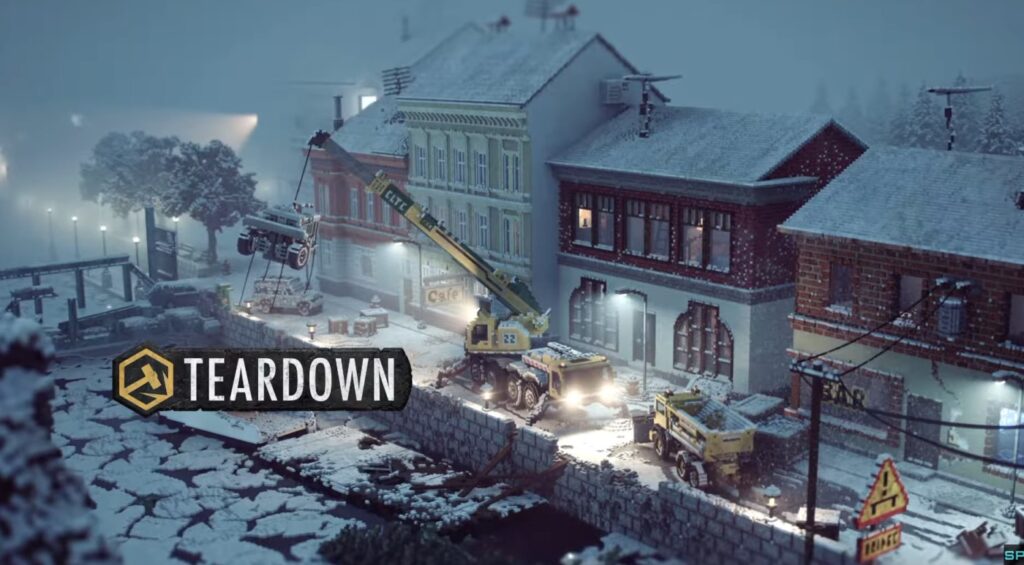
Sandbox PC games aren’t about following orders, they’re about ignoring them. Whether you’re stacking blocks in Minecraft, bending physics in Teardown, or jetting across galaxies in No Man’s Sky, the best ones hand you freedom and dare you to make your own fun. They create stories that aren’t written in cutscenes but in the disasters, victories, and weird experiments you come up with on the fly.
The genre keeps growing because it appeals to different instincts: builders, explorers, pranksters, and socializers all find their corner of the sandbox. And thanks to modding communities and live-service updates, many of these games age like wine, not milk. What looks simple on the surface can keep surprising you years later.
That’s why this guide is evergreen: new titles will rise and old favorites will keep evolving, but the core sandbox principles don’t change. Once you know how to spot them, you can pick games that will stay fun long after the hype fades.
Ready to dig deeper? Check out our in-depth features on Minecraft’s latest sky-high update, explore cozy creativity in Roblox’s Grow a Garden, or see how sandbox chaos plays out when power dynamics implode in our Roblox admin war coverage. Then, tell us in the comments what worlds you’ve built, or broken.
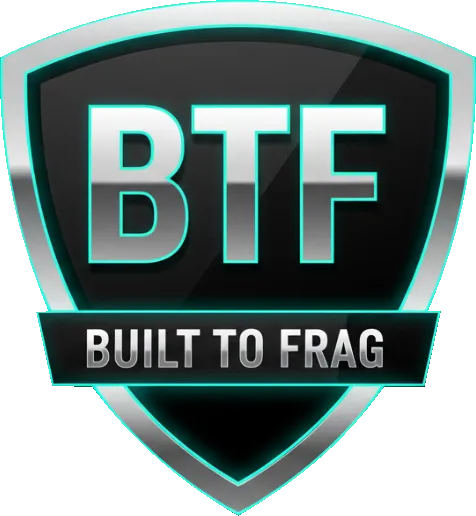

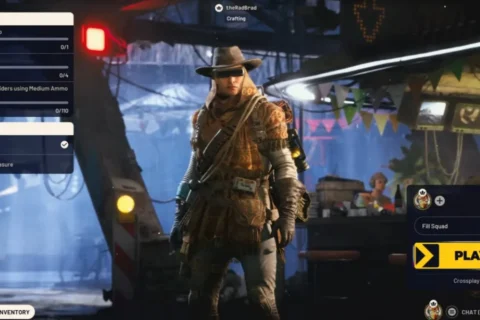
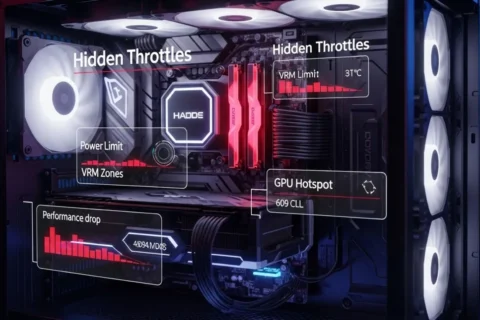


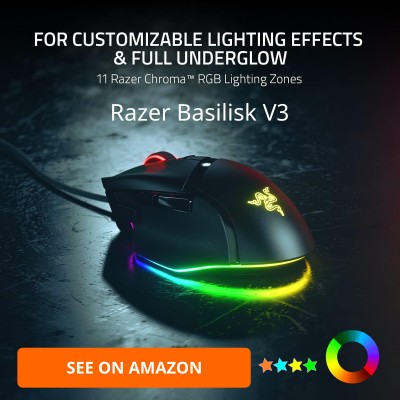












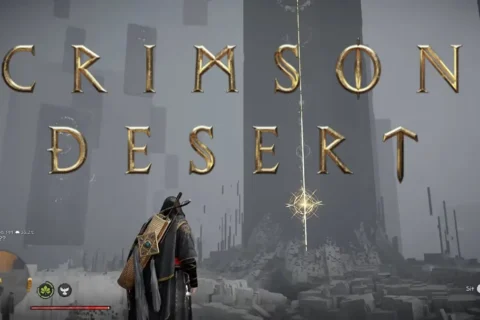


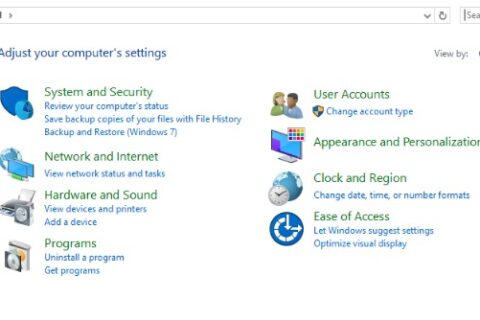
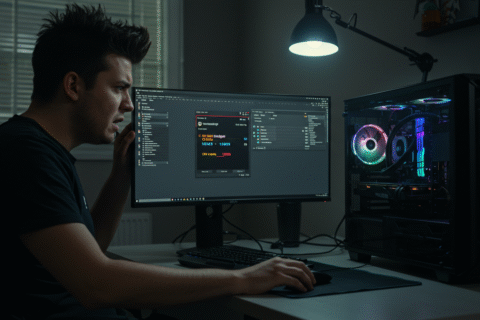







This Post Has 2 Comments
Really fantastic article. Thank you.
Thanks So Much Angelique, Glad you found the article interesting, Lots of research went into this one! Comments mean so much.